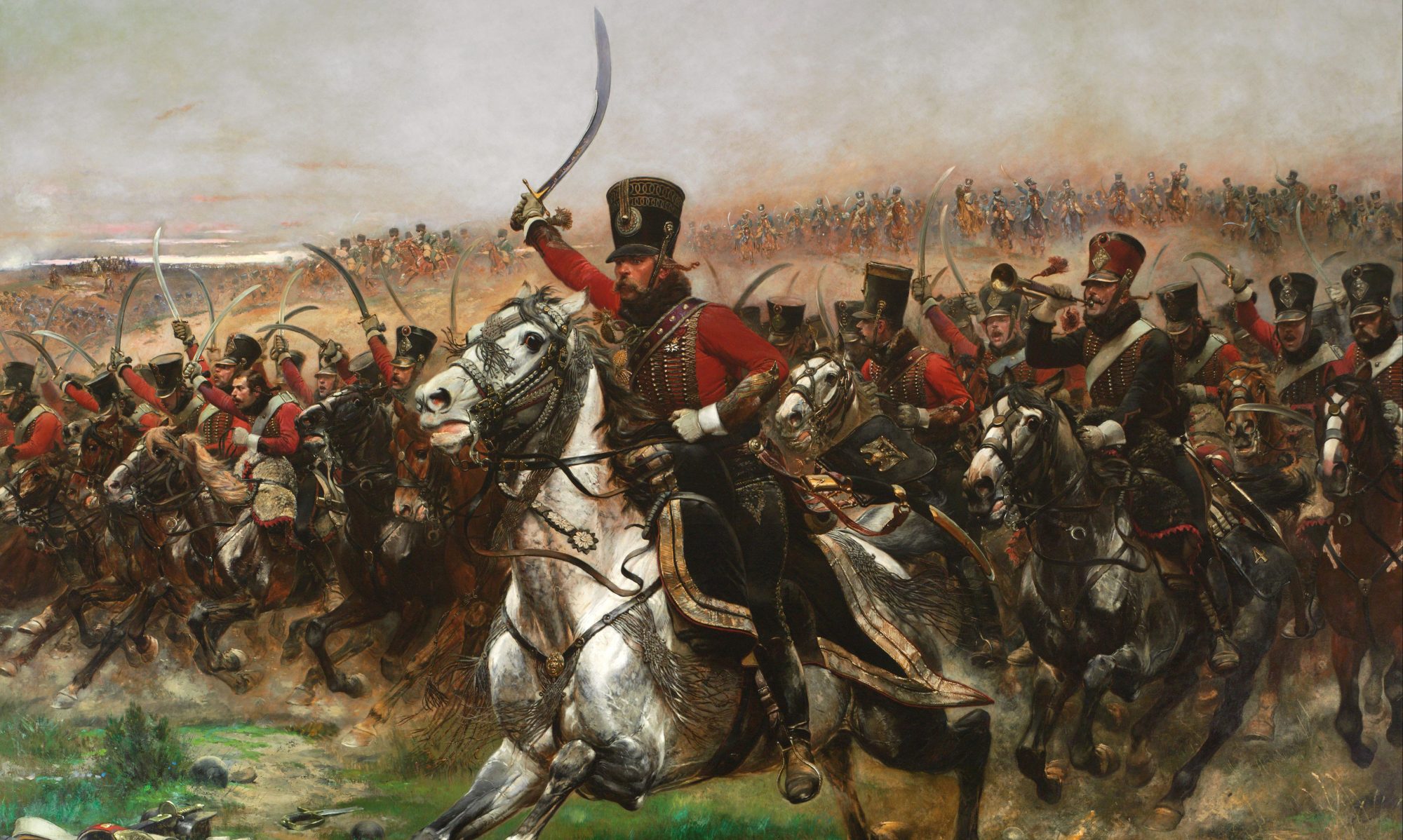Author: Scott Martin, Bernard F. Harris Jr.
Illustrator: Graham Turner
Short code: CAM 311
Publication Date: 24 Aug 2017
Number of Pages: 96
https://ospreypublishing.com/savannah-1779
This campaign is another one that slips through the cracks. Much like the campaign of Charleston and Camden, and realistically Monmouth it presents a problem to writers of the American Revolution. Why? Because it’s events were soon overshadowed by what followed. The 3 years between 1777 and 1781 are a sort of limbo, which is easier to briefly summarise into the bigger picture than actually examine.
They are important because they were the building blocks that created the opportunities to once more shut down the British war effort. With the demise of the Hudson strategy after Saratoga, and the abandonment of Philadelphia which provided the proving ground of Monmouth courthouse for the Continental Army, the British revisited the idea of a “Southern Strategy”.
It of course transpired that the entire Crown campaign from start to finish polarised around gobbling up juicy colonial capitols and launching fairly fruitless expeditions from them, all of which ended up in utter failure. The exception would be in 1780 when after the capture of Charleston the British decisively defeated an American field Army, which gave gives this campaign, something of a hopeful aspect for the British and could be seen to usher in the crisis of the American War.
Scott Martin and Bernard F. Harris Jr bring to light many names that go unnoticed in the annals of the war. The weight of unfamiliar officers is quite extraordinary, riding alongside better known ones such as Pulaski, but very often a name is just that, and here we get something practical to read about. The poorly covered campaign is doubly important because it introduces the French element to the saga of the Revolution. The French fleet and land forces, under Admiral d’Estaing, fought their first engagements since the end of the 7 Years War with their old enemy, but by the end of the campaign, mounting failures had put strain on the new alliance.
One of the great things about history is often the ironies, such as the famous defender of Fort Moultrie, Sergeant Jasper who raised the Liberty flag over the embrasures in 1776, dying rescuing another flag on the parapet of Savannah’s Springhill Redoubt. Incidents like this and highlights of the African American contribution, ably weaved into a concise narrative is why this is a solid account of a deceptively uninteresting campaign. Though I must pause for thought in typically annoying fashion to ask, when describing a loose palisade of shortened stakes placed vertically into the ditch of a redoubt, is Palisade the right word?
Anyway, that aside, by the end the authors have creditably described how this campaign promised to have a dangerously destabilising effect on the Franco-American alliance. Highlighting a very interesting against the odds scenario which is again a testament to the capability of the British infantry (and their allies) in America. An Interesting campaign, full of fascinating actions, with to the mainstay of the Crown forces being highlanders, Germans and loyalists, which might prove attractive to war-gamers. At the same time it shows the old truth of good British tactics but flawed British strategy giving false hope to planners in New York and London. And a rare example (1775 invasion of Canada being another) of a muddled American strategy which would prove nearly disastrous then on until after the Battle of Camden and the coming of General Greene.
An excellent array of images and maps accompany the work, including some very fine commissioned artwork, the Springhill Fort by Turner is, I think a superb battle scene.
This professionally written, even handed, fair account is all you could want from a Osprey campaign book and a work of military history.
Josh.




You must be logged in to post a comment.